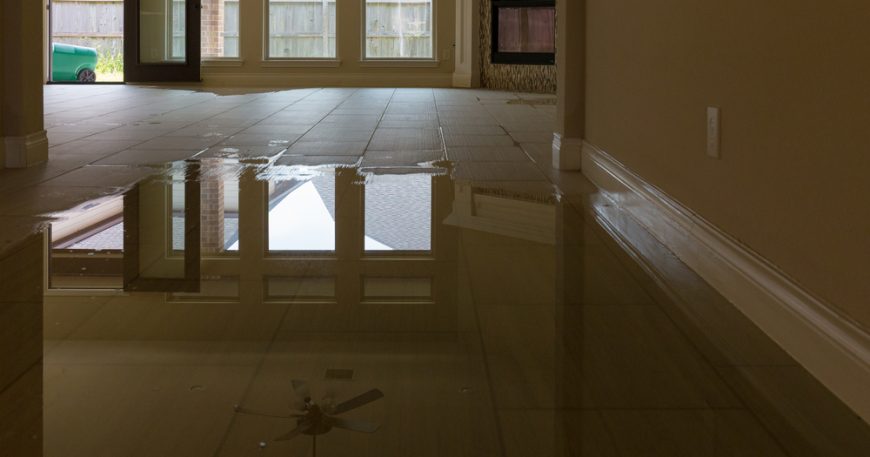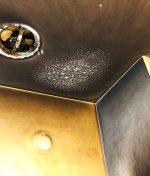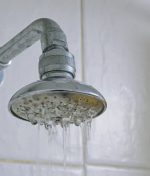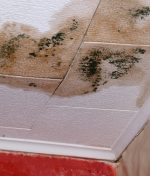How Can You Reduce the Risk of Flood Damage to Your Property?

- June 18, 2025
- byadmin
- Flood Restoration
Flooding can strike with little warning, especially in regions like San Diego where flash floods and unexpected storms can cause rapid water accumulation. Whether it’s due to heavy rain, plumbing failures, or coastal surges, flood damage can lead to severe structural issues, mold growth, and emotional distress for homeowners and business owners alike.
At RAMM Water Restoration, we’ve seen firsthand the devastation that flood damage can cause. But we’ve also seen how much of that damage can be prevented with a few proactive steps. We’ll guide you through simple yet powerful ways to reduce your risk of flood damage—and protect not only your property but also your peace of mind.
1. Understand Your Property’s Flood Risk
The first step in preventing flood damage is knowing your level of risk. You can check FEMA’s Flood Map Service Center to see if your property is in a high-risk flood zone. Even if you’re not in an official floodplain, localized flooding from clogged drains or improper grading can still affect your home.
Understanding your exposure helps you make smarter decisions about what measures are most important for your situation.
2. Inspect and Maintain Gutters and Downspouts
Clogged or broken gutters are one of the most common culprits behind water entering a home during rainstorms. When gutters overflow, water pools near the foundation and can seep into basements or crawl spaces.
Clean your gutters regularly—especially before and during the rainy season—and make sure your downspouts direct water at least 5–10 feet away from your home’s foundation.
3. Grade Your Landscape Away from the Building
Your yard’s slope plays a major role in drainage. The ground around your home should slope away from the foundation to prevent water from collecting near the structure.
If you notice water pooling near your house, consider regrading the soil or installing a French drain to redirect runoff. These changes can significantly reduce your risk of water intrusion.
4. Install a Sump Pump with a Backup Battery
A sump pump is an essential line of defense against basement flooding. It pumps water away from your home when water levels rise, especially during storms or heavy rains. Choose a sump pump with a battery backup system so it continues to work even during a power outage.
Regularly test your pump to ensure it’s functional before a storm hits.
5. Seal Cracks in the Foundation and Basement Walls
Over time, tiny cracks can form in your home’s foundation and basement walls. While small at first, these cracks can allow significant amounts of water to enter during a flood.
Inspect your foundation regularly, and use waterproof sealants or hire a professional to close up any cracks. This is especially important in older homes where foundations are more prone to wear and tear.
6. Use Flood Barriers and Sandbags During Storm Warnings
If a flood is imminent, physical barriers like sandbags, water-filled tubes, or temporary flood panels can help redirect water away from your home or business. These should be placed around entryways, garage doors, and any low-lying openings where water could seep in.
While temporary, these barriers can make a big difference in reducing damage during emergency situations.
7. Elevate Utilities and Electrical Systems
Water damage to electrical outlets, HVAC systems, water heaters, and other utilities can be both dangerous and expensive to repair. If your home is in a flood-prone area, it’s wise to have these critical systems elevated above potential water levels.
Hire a licensed electrician or contractor to move outlets higher on the wall and elevate important appliances off the ground.
8. Store Valuables and Documents in Waterproof Containers
Even with the best flood-prevention methods, water can still make its way in. That’s why it’s important to prepare for the worst by storing personal items, important documents, and electronics in waterproof containers or on elevated shelving.
Consider investing in a waterproof safe or a high shelf in a closet where floodwaters are unlikely to reach.
9. Invest in Flood Insurance
Standard homeowners’ insurance policies usually do not cover flood damage. If you live in or near a flood-prone area, talk to your insurance agent about adding flood insurance to your coverage. This can provide peace of mind and financial protection in the event of a major storm or unexpected plumbing issue.
10. Have a Professional Assessment After Water Damage
If your property has experienced water damage in the past, even if it seemed minor, there may be lingering issues such as mold or foundation instability. It’s wise to have a professional restoration expert inspect the property to ensure it’s safe and structurally sound.
That’s where we come in.
How we can help
At RAMM Water Restoration, we understand that flood damage is more than just a physical mess—it’s an emotional disruption. That’s why we treat every client with genuine compassion, listening carefully and working quickly to restore not just your home, but your sense of comfort and safety.
We specialize in flood damage restoration, mold remediation, and preventative inspections for homeowners and businesses in San Diego. Our friendly team of professionals takes the time to walk you through the process, explain what we’re doing and why, and help you build a plan for prevention moving forward.
If you want peace of mind, compassionate care, and expert restoration, give RAMM Water Restoration a call. We’re here when you need us most—before, during, and after the storm.









